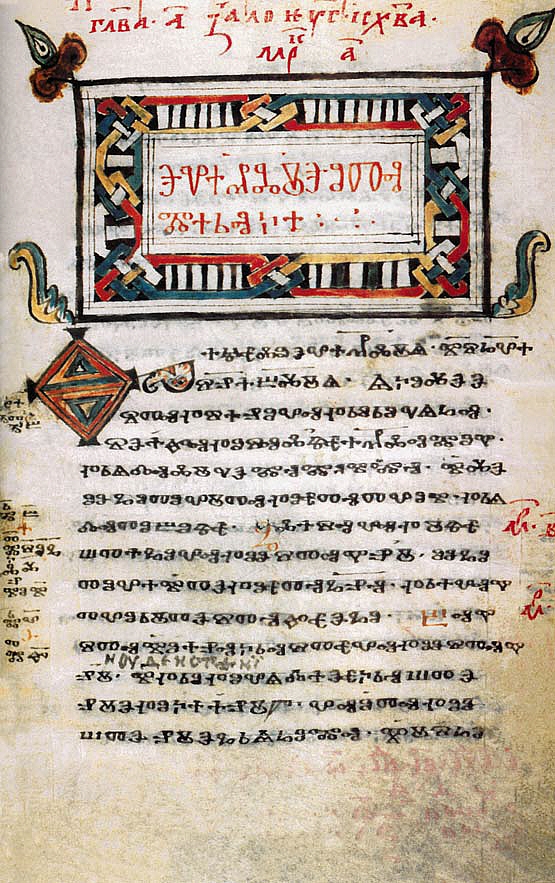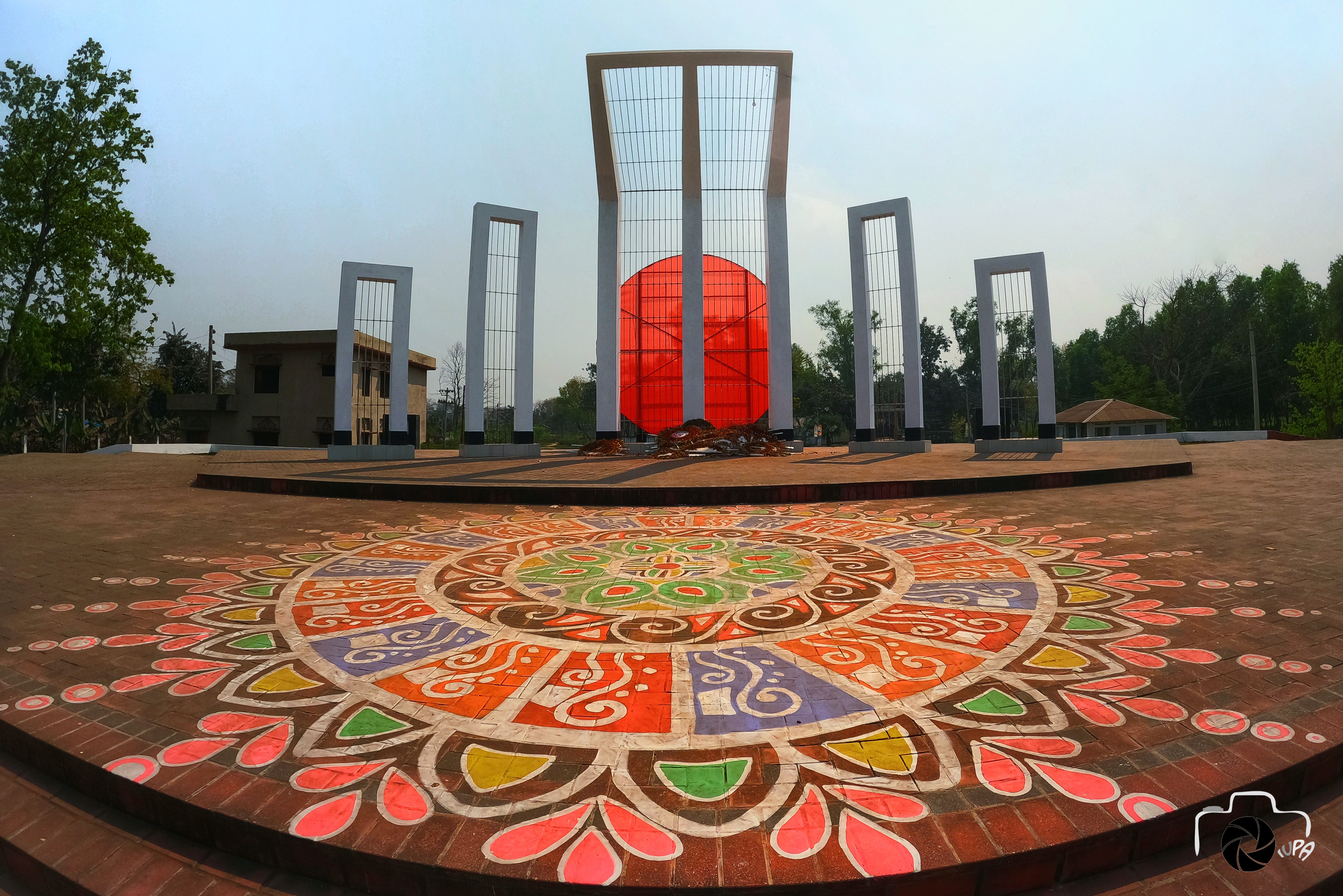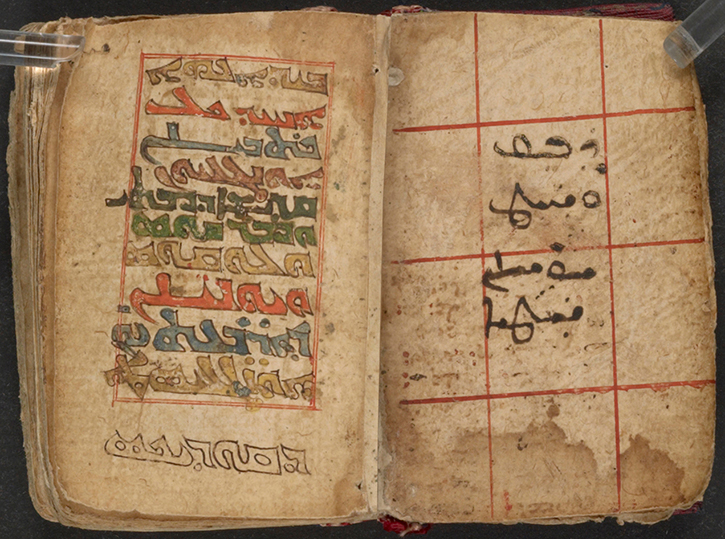|
Voiced Bilabial Nasal
The voiced bilabial nasal is a type of consonantal sound which has been observed to occur in about 96% of spoken languages. The symbol in the International Phonetic Alphabet that represents this sound is , and the equivalent X-SAMPA symbol is m. The bilabial nasal occurs in English, and it is the sound represented by "m" in ''map'' and ''rum''. Very few languages (e.g. Wyandot) are known to lack this sound. A small number of languages have been observed to lack independent nasal phonemes altogether, such as Quileute, Makah, and Central Rotokas. Features Features of the voiced bilabial nasal: Varieties Occurrence Palatalized Velarized See also * List of phonetics topics A * Acoustic phonetics * Active articulator * Affricate * Airstream mechanism * Alexander John Ellis * Alexander Melville Bell * Alfred C. Gimson * Allophone * Alveolar approximant () * Alveolar click () * Alveolar consonant * Alveolar e ... Notes References * ... [...More Info...] [...Related Items...] OR: [Wikipedia] [Google] [Baidu] |
Consonant
In articulatory phonetics, a consonant is a speech sound that is articulated with complete or partial closure of the vocal tract, except for the h sound, which is pronounced without any stricture in the vocal tract. Examples are and [b], pronounced with the lips; and [d], pronounced with the front of the tongue; and [g], pronounced with the back of the tongue; , pronounced throughout the vocal tract; , [v], , and [z] pronounced by forcing air through a narrow channel (fricatives); and and , which have air flowing through the nose (nasal consonant, nasals). Most consonants are Pulmonic consonant, pulmonic, using air pressure from the lungs to generate a sound. Very few natural languages are non-pulmonic, making use of Ejective consonant, ejectives, Implosive consonant, implosives, and Click consonant, clicks. Contrasting with consonants are vowels. Since the number of speech sounds in the world's languages is much greater than the number of letters in any one alphabet, Linguis ... [...More Info...] [...Related Items...] OR: [Wikipedia] [Google] [Baidu] |
Modern Standard Arabic
Modern Standard Arabic (MSA) or Modern Written Arabic (MWA) is the variety of Standard language, standardized, Literary language, literary Arabic that developed in the Arab world in the late 19th and early 20th centuries, and in some usages also the variety of spoken Arabic that approximates this written standard. MSA is the language used in literature, academia, print media, print and mass media, law and legislation, though it is generally not spoken as a first language, similar to Contemporary Latin. It is a Pluricentric language, pluricentric standard language taught throughout the Arab world in formal education, differing significantly from many vernacular varieties of Arabic that are commonly spoken as mother tongues in the area; these are only partially mutually intelligible with both MSA and with each other depending on their proximity in the Dialect continuum#Arabic, Arabic dialect continuum. Many linguists consider MSA to be distinct from Classical Arabic (CA; ) – t ... [...More Info...] [...Related Items...] OR: [Wikipedia] [Google] [Baidu] |
Bulgarian Language
Bulgarian (; , ) is an Eastern South Slavic, Eastern South Slavic language spoken in Southeast Europe, primarily in Bulgaria. It is the language of the Bulgarians. Along with the closely related Macedonian language (collectively forming the East South Slavic languages), it is a member of the Balkan sprachbund and South Slavic languages, South Slavic dialect continuum of the Indo-European language family. The two languages have several characteristics that set them apart from all other Slavic languages, including the elimination of grammatical case, case declension, the development of a suffixed definite article, and the lack of a verb infinitive. They retain and have further developed the Proto-Slavic language, Proto-Slavic verb system (albeit analytically). One such major development is the innovation of evidentiality, evidential verb forms to encode for the source of information: witnessed, inferred, or reported. It is the official Languages of Bulgaria, language of Bulgar ... [...More Info...] [...Related Items...] OR: [Wikipedia] [Google] [Baidu] |
Bengali Phonology
The phonology of Bengali, like that of its neighbouring Eastern Indo-Aryan languages, is characterised by a wide variety of diphthongs and inherent back vowels (both and ). Phonemic inventory Phonemically, Bengali features 29 consonants, 7 oral vowels (8 if non-native /ʌ/ is counted), and up to 7 nasalized vowels. In the tables below, the sounds are given in IPA. Although the standard form of Bengali is largely uniform across Bangladesh and India, there are a few sounds that vary in pronunciation (in addition to the myriad variations in non-standard dialects): Consonant clusters Native Bengali ( ''tôdbhôbo'') words do not allow initial consonant cluster In linguistics, a consonant cluster, consonant sequence or consonant compound is a group of consonants which have no intervening vowel. In English, for example, the groups and are consonant clusters in the word ''splits''. In the education fie ...s; the maximum syllabic structure is CVC (i.e. one vowel fla ... [...More Info...] [...Related Items...] OR: [Wikipedia] [Google] [Baidu] |
Bengali Alphabet
The Bengali script or Bangla alphabet (, romanized: ''Bāṅlā bôrṇômālā'') is the standard writing system used to write the Bengali language, and has historically been used to write Sanskrit within Bengal. An estimated 300 million people use this syllabic alphabet, which makes it 5th most commonly used writting system in the world. It is the sole national script of Bangladesh and one of the official scripts of India, especifically used in the Indian states of West Bengal, Tripura and the Barak Valley of Assam. The script is also used for the Meitei language in Manipur, defined by the '' Manipur Official Language (Amendment) Act, 2021''. From a classificatory point of view, the Bengali writing system is derived from the Brahmi script. It is written from left to right. It is an abugida, i.e. its vowel graphemes are mainly realised not as independent letters, but as diacritics modifying the vowel inherent in the base letter they are added to. There are no dis ... [...More Info...] [...Related Items...] OR: [Wikipedia] [Google] [Baidu] |
Bengali Language
Bengali, also known by its endonym and exonym, endonym Bangla (, , ), is an Indo-Aryan languages, Indo-Aryan language belonging to the Indo-Iranian languages, Indo-Iranian branch of the Indo-European languages, Indo-European language family. It is native to the Bengal region (Bangladesh, India's West Bengal and Tripura) of South Asia. With over 242 million native speakers and another 43 million as second language speakers as of 2025, Bengali is the List of languages by number of native speakers, sixth most spoken native language and the List of languages by total number of speakers, seventh most spoken language by the total number of speakers in the world. Bengali is the Official language, official, National language, national, and most widely spoken language of Bangladesh, with 98% of Bangladeshis using Bengali as their first language. It is the second-most widely spoken scheduled languages of India, language in India. It is the official language of the Indian states of West ... [...More Info...] [...Related Items...] OR: [Wikipedia] [Google] [Baidu] |
Basque Alphabet
The Basque alphabet is a Latin alphabet used to write the Basque language. It consists of 27 letters. List of letters The letters of the Basque alphabet are the 26 letters of the ISO basic Latin alphabet plus . The letter is officially not considered a separate letter, but a variant of . This is the whole list, EuskaltzaindiaRule no. 17 for the Standard Basque, ''Names of the letters in the Basque alphabet'' Rule passed on 25 November 1994. Retrieved 2010-10-22. plus their corresponding phonemes in IPA: All letters and digraphs represent unique phonemes. The main exception is if are preceded by ; most dialects palatalize the sound into , and even if that is not written. is silent in most regions but is pronounced in much of the Northeast, which is the main reason for its existence in the Basque alphabet. It doesn't even represent syllable breaks in the other dialects, although it can stop the aforementioned palatalization from taking place in some words, for exampl ... [...More Info...] [...Related Items...] OR: [Wikipedia] [Google] [Baidu] |
Basque Language
Basque ( ; ) is a language spoken by Basques and other residents of the Basque Country (greater region), Basque Country, a region that straddles the westernmost Pyrenees in adjacent parts of northern Spain and southwestern France. Basque is classified as a language isolate (unrelated to any other known languages), the only one in Europe. The Basques are indigenous to and primarily inhabit the Basque Country. The Basque language is spoken by 806,000 Basques in all territories. Of them, 93.7% (756,000) are in the Spanish area of the Basque Country and the remaining 6.3% (50,000) are in the French portion. Native speakers live in a contiguous area that includes parts of four Spanish provinces and the French Basque Country, three "ancient provinces" in France. Gipuzkoa, most of Biscay, a few municipalities on the northern border of Álava and the northern area of Navarre formed the core of the remaining Basque-speaking area before measures were introduced in the 1980s to stre ... [...More Info...] [...Related Items...] OR: [Wikipedia] [Google] [Baidu] |
Syriac Alphabet
The Syriac alphabet ( ) is a writing system primarily used to write the Syriac language since the 1st century. It is one of the Semitic languages, Semitic abjads descending from the Aramaic alphabet through the Palmyrene alphabet, and shares similarities with the Phoenician alphabet, Phoenician, Hebrew alphabet, Hebrew, Arabic alphabet, Arabic and Sogdian alphabet, Sogdian, the precursor and a direct ancestor of the traditional Mongolian scripts. Syriac is written from right to left in horizontal lines. It is a cursive script where most—but not all—letters connect within a word. There is no letter case distinction between upper and lower case letters, though some letters change their form depending on their position within a word. Spaces word divider, separate individual words. All 22 letters are consonants (called , ). There are optional diacritic marks (called , ) to indicate the vowel (, ) and #Letter alterations, other features. In addition to the sounds of the language, ... [...More Info...] [...Related Items...] OR: [Wikipedia] [Google] [Baidu] |
Assyrian Neo-Aramaic
Suret ( Help:IPA for Aramaic, [ˈsuːrɪtʰ] or Help:IPA for Aramaic, [ˈsuːrɪθ]), also known as Assyrian, refers to the varieties of Northeastern Neo-Aramaic (NENA) spoken by Christians, namely Assyrian people, Assyrians.Nordhoff, Sebastian; Hammarström, Harald; Forkel, Robert; Haspelmath, Martin, eds. (2013). "Northeastern Neo-Aramaic". Glottolog 2.2. Leipzig: Max Planck Institute for Evolutionary Anthropology. The various NENA dialects descend from Old Aramaic, the ''lingua franca'' in the later phase of the Assyria, Assyrian Empire, which slowly displaced the East Semitic languages, East Semitic Akkadian language beginning around the 10th century BC.Bae, C. Aramaic as a Lingua Franca During the Persian Empire (538-333 BCE). Journal of Universal Language. March 2004, 1-20. They have been further heavily influenced by Syriac language, Classical Syriac, the Aramaic#Middle Aramaic, Middle Aramaic dialect of Edessa, after its adoption as an official Sacred language, liturgi ... [...More Info...] [...Related Items...] OR: [Wikipedia] [Google] [Baidu] |
Armenian Alphabet
The Armenian alphabet (, or , ) or, more broadly, the Armenian script, is an alphabetic writing system developed for Armenian and occasionally used to write other languages. It is one of the three historical alphabets of the South Caucasus. It was developed around 405 AD by Mesrop Mashtots, an Armenian linguist and ecclesiastical leader. The script originally had 36 letters. Eventually, two more were adopted in the 13th century. In reformed Armenian orthography (1920s), the ligature is also treated as a letter, bringing the total number of letters to 39. The Armenian word for 'alphabet' is ('), named after the first two letters of the Armenian alphabet: ' and '. Armenian is written horizontally, left to right. History and development Possible antecedents One of the classical accounts of the existence of an Armenian alphabet before Mesrop Mashtots comes from Philo of Alexandria (20 BCAD 50), who in his writings notes that the work of the Greek philosoph ... [...More Info...] [...Related Items...] OR: [Wikipedia] [Google] [Baidu] |
Eastern Armenian
Eastern Armenian () is one of the two standardized forms of Modern Armenian, the other being Western Armenian. The two standards form a pluricentric language. Eastern Armenian is spoken in Armenia, Russia, as well as Georgia, and by the Armenian community in Iran. Although the Eastern Armenian spoken by Armenians in Armenia and Iranian-Armenians are similar, there are pronunciation differences with different inflections. Armenians from Iran also have some words that are unique to them. Due to migrations of speakers from Armenia and Iran to the Armenian diaspora, the dialect is now very prominent in countries and regions where only Western Armenian was used. Eastern Armenian is based on the Yerevan dialect. Official status and recognition Eastern Armenian is, for the most part, mutually intelligible by educated or literate users of Western Armenian – and vice versa. Conversely, semi-literate or illiterate users of lower registers of either variety may have difficulty und ... [...More Info...] [...Related Items...] OR: [Wikipedia] [Google] [Baidu] |





